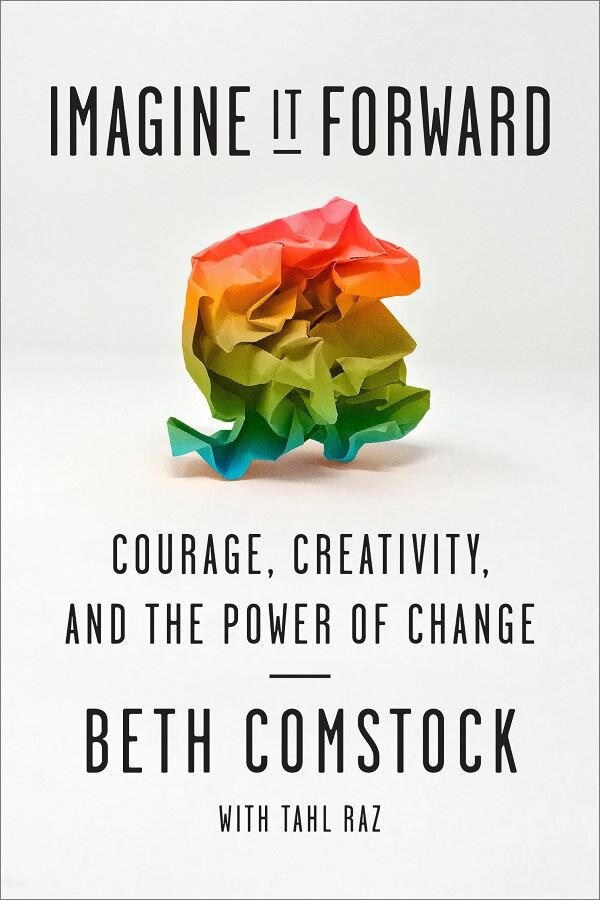The Case for Distributed Leadership in Jazz and Business
T.S. Monk
This past Saturday, February 22, I checked out a sextet led by drummer T.S. Monk at Jazz Forum Arts in Tarrytown, NY. The straight-ahead set began with Wayne Shorter’s “One by One,” a favorite of Art Blakey & the Jazz Messengers, and continued with numbers by Thelonious Monk, the leader’s iconic father, one of the greatest and most original American composers of the 20th century.
After the powerful set, several audience members said to T.S. that they appreciated how generous he was as a leader. T.S. had not only shared the limelight with each member through ample solo time, but gave a special spotlight to his ensemble’s pianist, Theo Hill, who played a Monk number by himself that sparkled with a rainbow of harmonic beauty and stunning technical dexterity. T.S. also gave a sixteen-year old trumpeter of great promise—Ace Williams, son of the band’s tenor saxophonist Willie Williams—the chance to play and jump into the deep waters of swing. (Don’t forget that name—Ace Williams—that young man will be making waves in the music soon.)
T.S. thanked each guest for their praise, but said that it only made sense for him to share the gifts and talents of his players because that reflected well on him too! In fact, T.S. took less solo turns than anyone but was at the center of an ensemble that shared and distributed leadership according to the arc of the set, the mood of the songs, the talents of each member as well as the way they came together as a performing unit.
This was shared and distributed leadership in action.
Distributed Leadership
Distributed leadership is a close cousin to the foundation principle of shared leadership in jazz. The flow of power and decision-making in the moment of high-performance on the bandstand is distributed to coordinate and collaborate cohesively. Yet more generally, the term distributed leadership refers to the way leadership is enacted among people in complex organizations.
Author and business thought leader Beth Comstock relates this distributed model to emergent systems in nature. She says that no matter the titles we hold at work, it’s an illusion to think we can, by controlling others, “control outcomes. Because of accelerated change, we are all, by necessity, becoming collaborators rather than members of a command-and-control hierarchy. . . it’s best for organizations to mimic emergent systems in nature by distributing the decision-making process as widely across the network as possible. In effect, to empower individual ‘cells’ to relay signals and respond to their local conditions as they see fit.”
In a Harvard Business Review podcast in the summer of 2017 titled “Why Everyone Should See Themselves as a Leader,” University of Michigan’s Ross School of Business Professor Sue Ashford makes a similar point about the value of shared leadership:
If we’re in a world where things are moving much faster than they did before, things are more complex, things are more ambiguous, and more—work is more interdependent where coordination and cooperation is required, then shared leadership can have a lot of payoff. We don’t have time to wait for everything to go up the chain of command, back down the chain of command; we need people taking leader-like actions in more places so that they can react more quickly, react in a way that allows more voices to be heard to handle some of that complexity and ambiguity.
—Sue Ashford, chair of the Management and Organizations group, Ross School of Business
Comstock is also in tune with how leaders with clear missions and mindsets can combine structure and possibility as do jazz artists. “[Such leaders] have a knack for recombining the skills and assets of their organization in new ways in the same way that a jazz improviser recombines notes. Both make decisions partly according to a kind of muscle memory of the established rules and partly according to the unique possibilities and requirements of the moment.”
Beth Comstock
The Rhythm of Distributed Leadership
The shared quality of leadership in jazz is one of its most distinctive qualities as a metaphor for group collaboration in organizational life. The responsibility of a jazz musician extends beyond the imperative to hone your “chops,” your skills, in practice as well as in the heat and light of performance. Although a group may often have a name “leader” on a gig or recording, each person is also a leader through the role they play in the ensemble and the experience and judgment they bring to the shared moment.
But shared and distributed leadership, most often conceived of as a team and group dynamic, can also apply to the individual. For instance, if our three brains—head, heart, and gut—are not in accord, then what we think, feel and intuit won’t resonate, won’t jibe, swing. Another example is the individual jazz drummer as a model of shared and distributed leadership.
In a marvel of coordinated independence a skilled jazz drummer can play four different rhythms at the same time, one with each hand and each leg. If you’re not a drummer, playing four different rhythms simultaneously, distributing them across the drum set, likely seems impossible. (Try tapping out four different rhythms with your limbs to see what I mean.) But this feat of individual excellence honed in the shed is not just for flashy ego gratification; it’s part of what the jazz drummer brings to the ensemble to provide the rhythmic support and foundation of the musical groove.
Likewise, when we bring our best to interactive situations at work and elsewhere, we help the group and situation move forward, and lay the very foundation for shared and distributed leadership to become real, not just business school theory. If it can happen in jazz on bandstands around the world every night, then why not in business every day?




